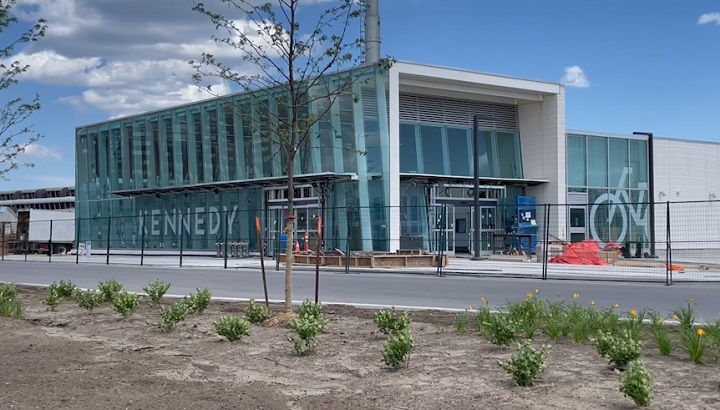Northern Light
Superstar
With our new underground LRT stations, we're seeing a lot of exposed concrete. It can make for an interesting contemporary design element or look cheap and trashy. When I see stains on the walls, patches, and unevenness from afar, it makes for a cheap and trashy impression. Hopefully, the exposed concrete will be nicely finished here.
Take a look at the concrete columns along the platforms on these new Warsaw Metro stations. Now that's some high-quality exposed concrete, down to the sleek and elegant sheen.
Interestingly, in Warsaw what you see, for most part, is very selective use of exposed concrete as a finish, typically the columns; this is also tempered by a tendency for very bright colours/finishes through the balance of the station design.
As we've seen it used here, we typically get full exposed trackside walls, and often ceilings too, which is just too much overwhelming grey in the palate.





